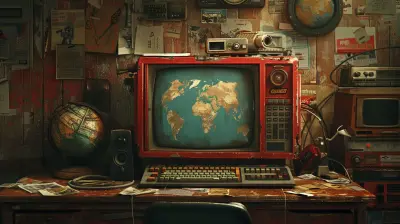Adapting Historical Battles for RTS Gameplay
26 July 2025
When it comes to Real-Time Strategy (RTS) games, there's nothing quite as thrilling as recreating the chaos and drama of actual history. Watching battalions march in unison, cavalry charge across open fields, and cannons roar in the heat of battle—it’s like stepping into a time machine, but with a mouse and keyboard.
Now, you might wonder, how on earth do game developers even begin to translate something as complex, nuanced, and, let’s be real, messy as historical warfare into a fluid and fun gaming experience? That’s what we’re diving into right here.
Whether it’s Total War's elegant execution or Age of Empires' vibrant strategy layers, bringing history to life in an RTS format takes more than just historical facts—it's an art form. Let’s unpack how the magic happens.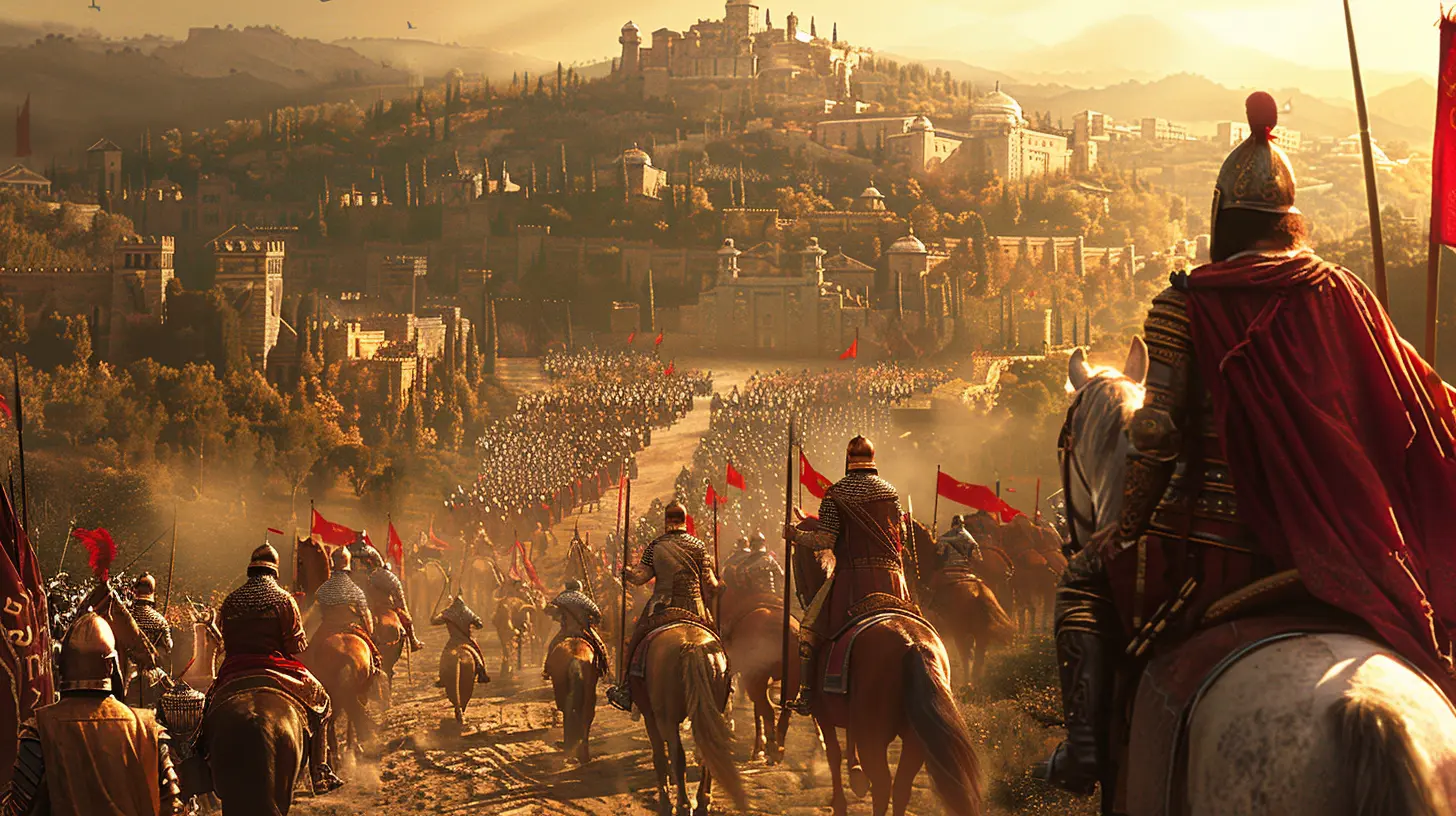
The Allure of History in RTS Games
We all love a good story, right? And history is filled with the kind of epic tales that games thrive on—heroic standoffs, revolutionary tactics, kingdoms rising and falling. This rich source material is like the ultimate script for RTS developers.But there's more than just narrative appeal. Historical battles offer real-world context, giving players a sense of purpose and connection. When you're storming the beaches of Normandy or holding the line at Thermopylae, you're not just gaming—you're participating in something legendary.
So, why not just copy the battle play-by-play and call it a day? Well, it’s not that simple.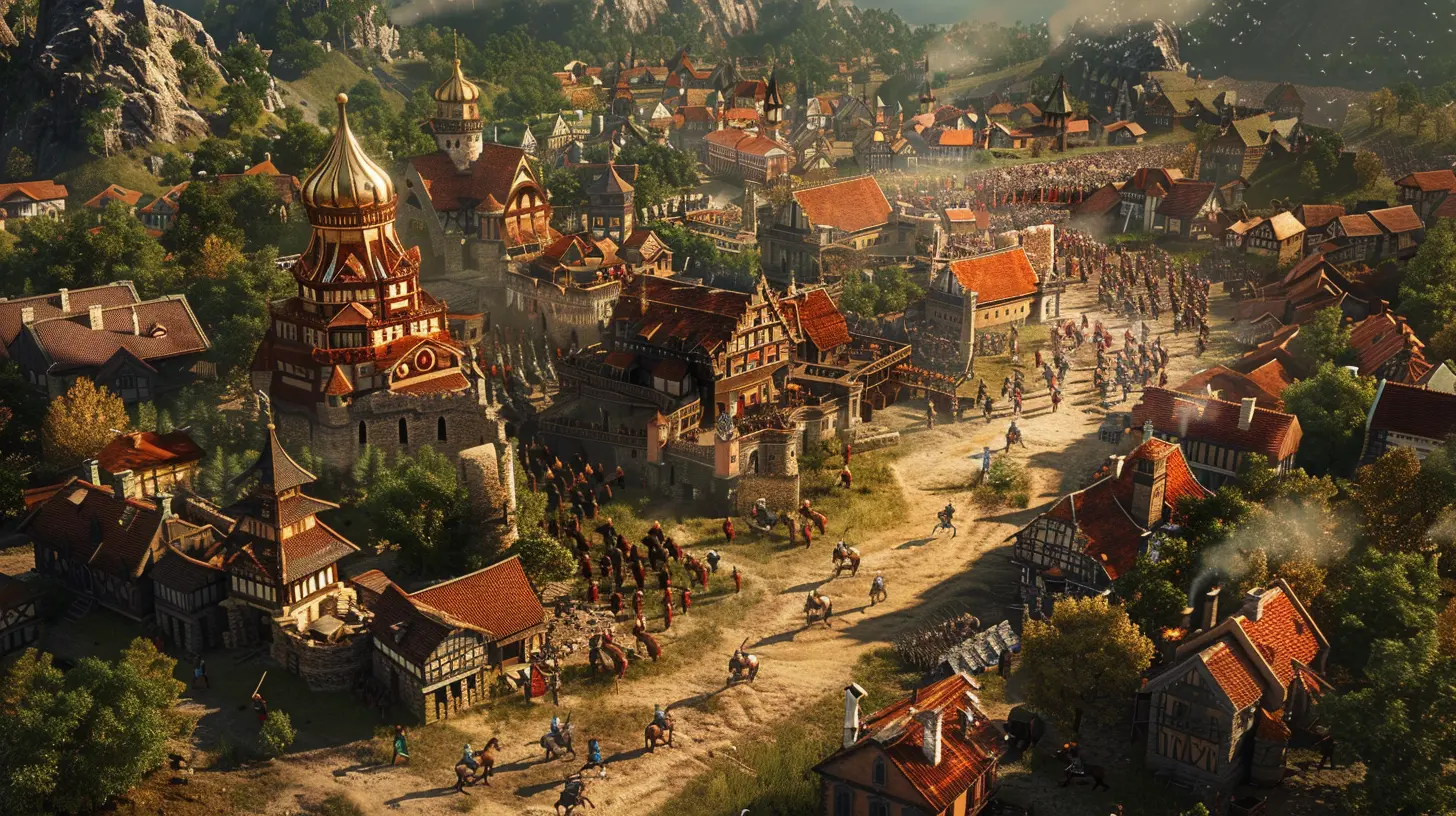
Balancing Fun with Historical Accuracy
Here’s the thing: history isn’t always fun. Real battles dragged on for days, were messy, slow, and full of decisions that made sense in context but are boring as heck in a game.That’s why developers have to strike a balance. They need to keep everything playable and exciting, without totally tossing historical facts out the window. It’s a bit like adapting a classic novel for modern cinema. You trim, tweak, and reimagine—but you keep the heart intact.
Take the famous Battle of Waterloo. In reality, it was a brutal, exhausting conflict. In a game? You’ve got to compress that intensity into minutes. So developers create streamlined mechanics and focused objectives that honor the spirit of the battle while keeping players engaged.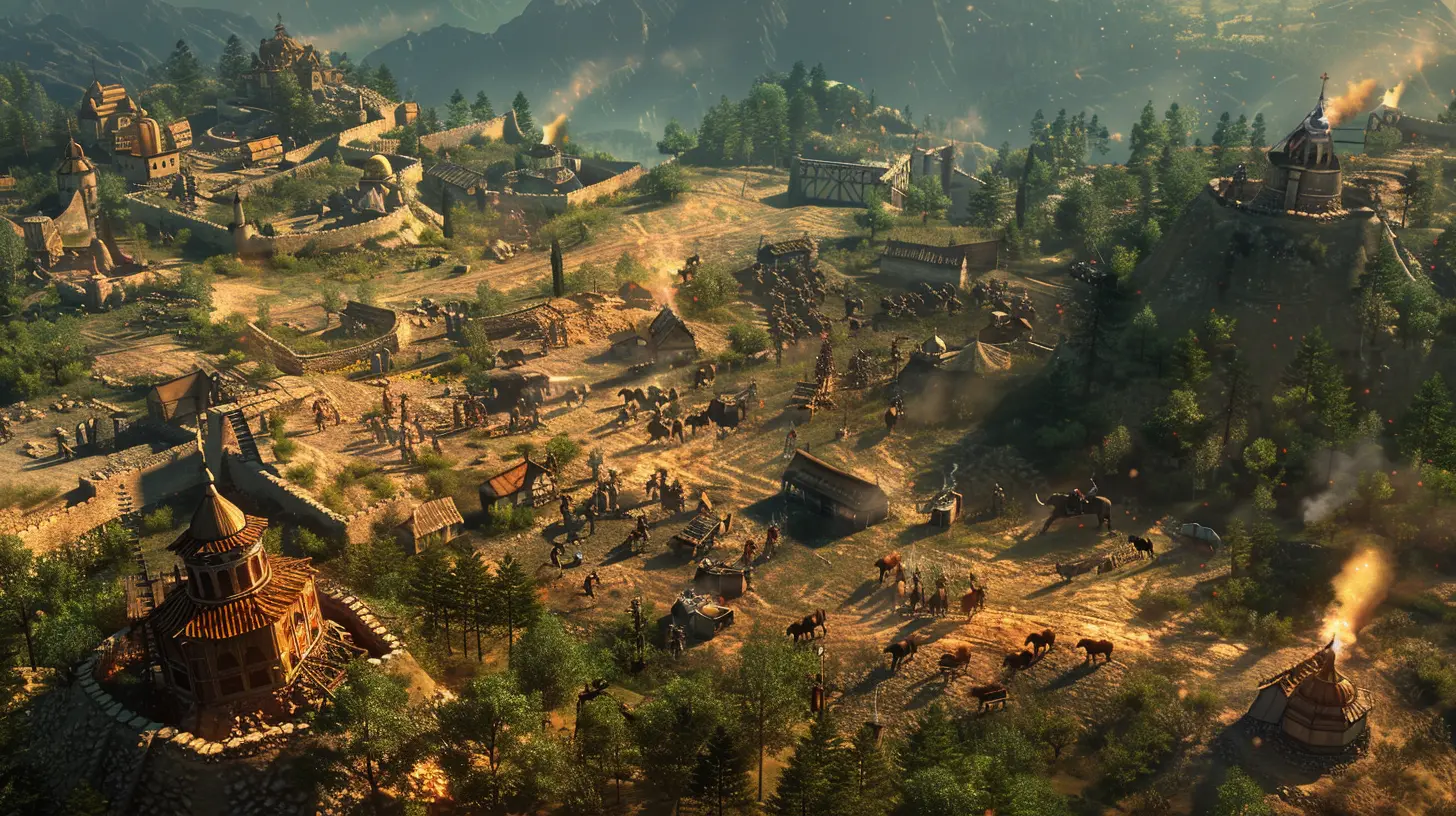
Designing Authentic Yet Playable Units
A big part of nailing the historical vibe is getting the units right. You can’t just slap a “Musketeer” label on a character and be done with it.Developers look at the actual historical role each unit played. How did it move? How did it attack? What were its strengths and weaknesses? This research-driven approach helps craft units that feel grounded, but still fun to control.
For example, cavalry in medieval France functioned very differently from Mongolian horse archers. Game designers have to fine-tune each unit’s abilities to reflect that. But here’s the tricky part—they also have to make sure these units are balanced in gameplay, so no single army becomes an unstoppable force.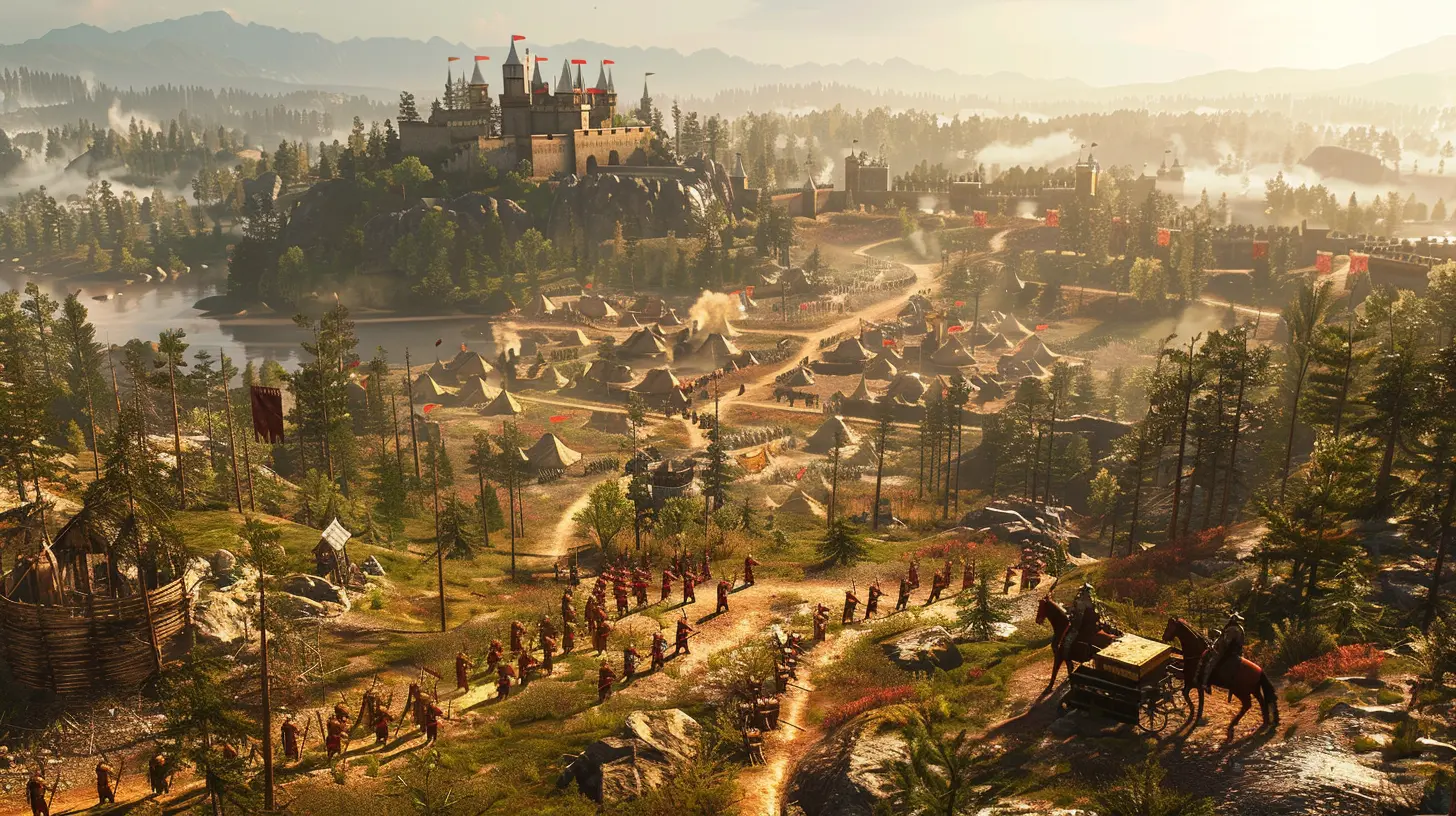
Terrain and Map Design: Geography Is Destiny
Historical battles weren’t fought in random fields—terrain often decided the outcome. Hills, rivers, forests—they all impacted how armies fought and maneuvered. Smart RTS games use this to their advantage.Recreating terrain in maps isn’t just about looking authentic; it’s about gameplay dynamics. A ridge line might give archers a clear shot. A narrow pass could become a chokepoint. These elements create tactical layers that mirror historical strategies.
One brilliant example? The Battle of Agincourt. Muddy terrain was a major factor. In an RTS, incorporating muddy fields that slow down units can turn a historical footnote into a key game mechanic.
Iconic Leaders and Their Impact
Let’s be honest—players love heroes. Including famous leaders like Napoleon, Genghis Khan, or Julius Caesar adds both historical flair and gameplay depth.These leaders often come with unique abilities or buffs that influence nearby units. But again, it’s all about balance. You want players to feel the charisma and command these figures had, without turning them into invincible gods.
This also opens up cool what-if scenarios. What if Joan of Arc had better support in Paris? What if Alexander the Great faced tougher resistance in Persia? Games allow us to play out those alternate timelines.
Adapting Tactics and Formations
You know what's cooler than an epic cavalry charge? Pulling off one yourself because you actually understood the tactics behind it.That’s where formations and battlefield maneuvers come in. Many RTS games let players mimic historical tactics—flanking, pincer movements, shield walls, you name it. It’s like chess, but every piece is yelling and swinging swords.
But teaching players these tactics in-game? That requires clever design. Tutorials, intuitive UI, and visual cues help bridge the gap between history class and battlefield command.
Dynamic Campaigns vs. Scripted Scenarios
Some RTS games opt for linear campaigns where you replay major battles step-by-step. Others go full sandbox, letting you rewrite history entirely.Both approaches have merit.
Scripted scenarios give you a guided experience. You follow the actual events, maybe with slight variations, and get a taste of what commanders really faced.
Dynamic campaigns, on the other hand, let you take the reins. Want to lead the Zulu Empire to conquer Europe? Go for it. It's less about accuracy and more about empowerment.
A smart strategy? Mix both. Provide historically rich missions alongside sandbox modes that encourage replayability.
Sound and Visuals: Immersion Matters
Ever noticed how a well-timed drumbeat or horn blast can make a battle feel ten times more intense?Music, sound effects, and visuals are crucial for selling the historical setting. Clashing swords, shouted orders, thunderous hoofbeats—these sensory elements immerse players in the moment.
The same goes for visual accuracy. From the armor and uniforms to the architecture and banners, every detail counts. It’s like dressing a movie set. Even if players don’t notice every little thing, they feel it. And when it’s done right, it’s magic.
AI That Mimics Historical Thinking
Artificial intelligence in RTS games has come a long way. And when adapting historical battles, AI plays a big role.Instead of going full Terminator, historical RTS AI often mimics the behavior of real-world generals. That means cautious flanking, strategic retreats, and using terrain wisely—just like in actual battles.
This not only adds realism but also makes the game more challenging and rewarding. You’re not just fighting a script; you’re battling an opponent who thinks (almost) like a human.
Challenges Developers Face
Let’s not pretend this is easy. Adapting history into gameplay is like trying to fit a square peg into a round hole—while it’s on fire.There’s pressure to be respectful, accurate, fun, and balanced—all at once. Some battles have incomplete records, conflicting sources, or controversial events. Developers have to make judgment calls constantly.
And don’t forget the gamers! Some want perfect realism. Others want fast-paced fun. Pleasing everyone with one game? That’s no small feat.
But the best devs take this on with passion. They do the research, consult historians, and use modern tech to breathe life into centuries-old conflicts.
Why This Matters: Learning Through Play
Guess what? You’re actually learning while you play. Shocking, right?RTS games that adapt real battles teach us more than dates and names. They give us insight into the decisions, pressures, and chaos of command. They show us how geography, timing, politics, and tech changed the world.
And because you're actively participating, it sticks with you way longer than any textbook ever could.
Future of Historical RTS Gameplay
The future looks bright, my friend.With advances in AI, graphics, and data modeling, we’re inching closer to truly lifelike historical battle simulations. VR might one day put us right on the frontlines. Cloud computing could allow for massive multiplayer historical wars.
And let’s not forget modding communities. These history buffs keep tweaking and improving games, adding depth and authenticity long after launch.
As long as there’s a love for history and strategy, historical RTS games will keep evolving. And we, the players, get to enjoy the ride—and maybe rewrite history along the way.
Final Thoughts
Adapting historical battles for RTS gameplay is no small task, but when done right, it's truly something special. It turns education into entertainment, history into a playground, and players into generals.So next time you're commanding troops in a digital rendition of Gettysburg or charging across the Alps with Hannibal's elephants, remember—you're part of a grand tradition. One that mixes history, strategy, and a whole lot of fun.
Keep your strategies sharp, your formations tight, and who knows? Maybe you’ll win the war that once was lost.
all images in this post were generated using AI tools
Category:
Real Time StrategyAuthor:

Avril McDowney
Discussion
rate this article
1 comments
Leona Barron
Great insights! I love how adapting historical battles can enhance realism in RTS games. It would be interesting to see more examples and gameplay mechanics!
August 13, 2025 at 4:03 AM

Avril McDowney
Thank you! I'm glad you enjoyed the insights. I agree—there's so much potential in adapting historical battles for realism in RTS. I'll definitely explore more examples and mechanics in future articles!


